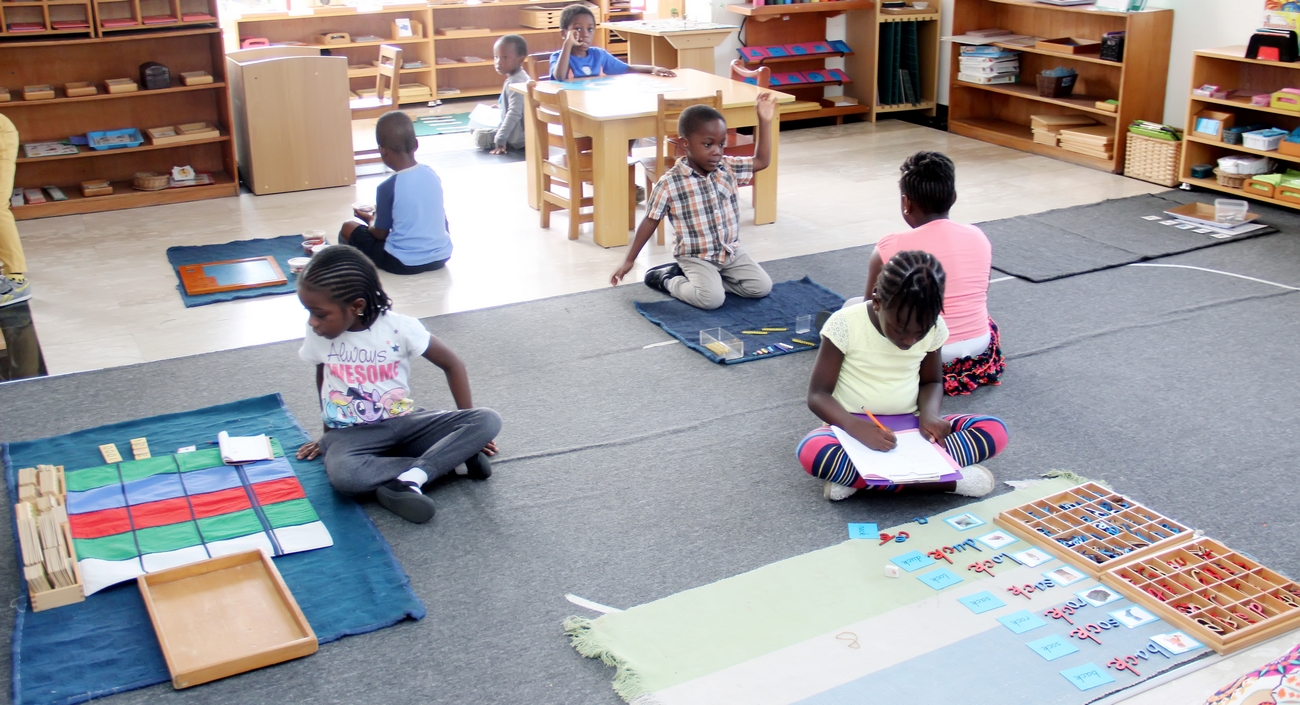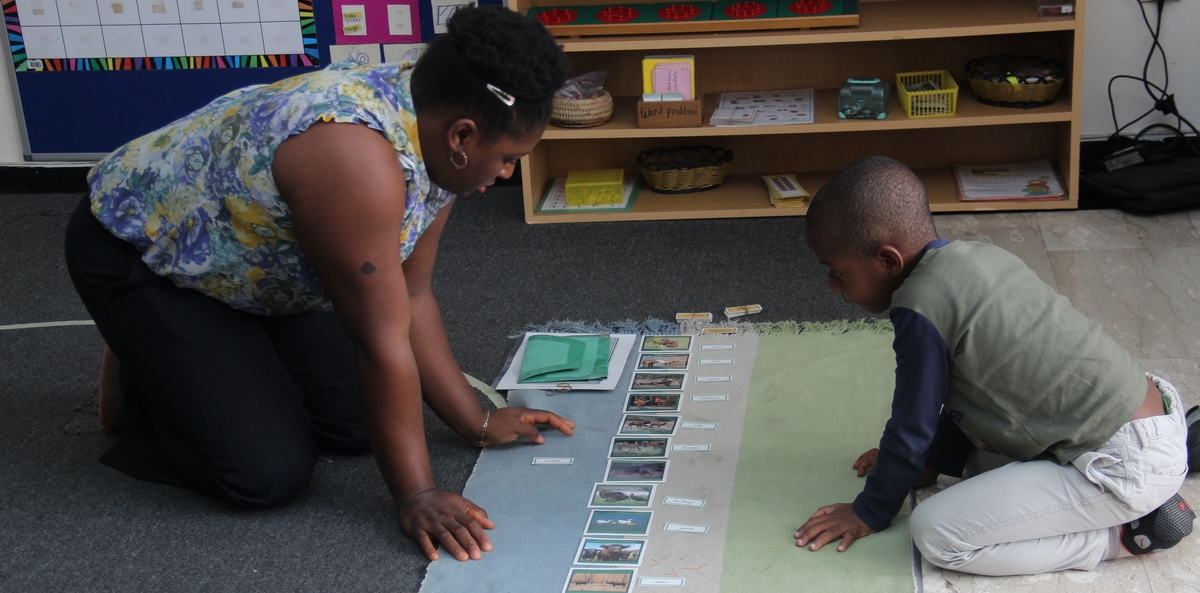The Learner

In traditional education, the teacher is the focal point of the classroom. She directs the learning at every point in time. In contrast, the Montessori Method’s focal point is the pace of the work, determining what the children as a group will learn at every point in time. In contrast, the Montessori Method’s focal point is the child. He determines what he needs to learn and how long it will take him to learn it. There are children who must not be rushed through concepts, but be able to take their time to go over it until they have attained a true understanding. There are also those children who want to move faster do than we think they are capable of moving. It is very important for them to do this to avoid the problems associated with an under-stimulated mind. Each child is recognized in the Montessori classroom as an individual, and work is done individually. The method allows each child to be on his/her own time-table. Almost all work is done individually.
The Environment

The first thing his education demands is the provision of an environment in which he can develop the powers given him by nature. This does not mean just to amuse him and let him do what he likes. But it does mean that we have to adjust our minds to doing a work of collaboration with nature, to being obedient to one of her laws, the law which decrees that development comes from environmental experience.
– Dr. Maria Montessori
Also, in her words, the first aim of the prepared environment is as far as it is possible, to render the growing child independent of the adult. Montessori classrooms are enriched with materials which contain abstract concepts in material form. They have built-in control of error so the child can teach himself. The child has the opportunity to use his hands, and develop a love of learning. The environment is thus not just a space by which we presume to amuse the child’s aesthetic sense, but much more, an invitation to construct himself through his activities in it.
The Teacher

The teacher in a Montessori classroom is referred to as the “directress” or “guide” This is because the child is really his own teacher. The teacher serves less as an “instructor” and more as a guide and facilitator. In the words of Dr. Montessori:
In brief, the teacher’s principal duty in the school may be described as follows: She should explain the use of the material. She is the main connecting link between the material, that is the objects, and the child. This is a simple, modest duty, and yet it is much more delicate than that found in the older schools, where the material simply helps the children to understand the mind of the teacher, who must pass on her own ideas to a child, who must in turn receive them.
– Discovery of the Child, Dr. Maria Montessori



